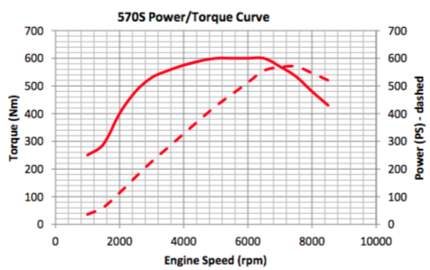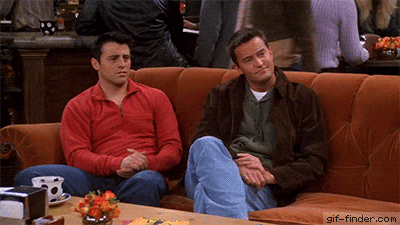Well, if you really want to know when to shift, lay a grid over the power curve, and find out by how much your RPM drops when upshifting (this is probably different for each gear). Now you want to fit that RPM band on your graph to maximize the area under the power curve to get the best out of your engine.
I will take the graph posted above as an exemple. For convenience, we will consider the plain line is power and ignore the other one. Also, we will consider each gear gives the same RPM drop. I'll round the figures a bit because the graph lacks a bit of precision there.
Case 1 : upshift causes a 1000 RPM drop. Here, peak power is actually a flat section spreading between 5000 and 6500 RPM, so we can just fit in between. As that power band is wider than what we're actually using, we can shift between 6000 and 6500 RPM an not suffer any power loss. Well, if you don't care about fuel, you will want to go up to 6500 RPM because it will make a better use of the shorter gears, but if you want to save a bit of fuel, you can just shift at 6000 RPM and you probably won't really notice any speed difference. The M4 Gr.4 kinda fits that case, hence why you would see it do no pits in some C daily races when other cars couldn't without using fuel maps.
Case 2 : upshift causes a 3500 RPM drop. Now that's different, because if we shift at 6500 RPM, we will suffer a power loss on next gear from 3000 to 5000 RPM. We want to minimize that, so we have to shift a bit later. Now the power drops even more abruptly after 6500 RPM, but that doesn't mean we can't go into that zone a bit : there's still more power right after 6500 RPM than there is right after 3000 RPM. Basically, we want our shifting point and our drop point to deliver the same amount of power, that's how you'll maximize the area under the power curve. Here, that shifting point would be about 7200 - 7300 RPM, which would drop us to a bit less than 4000 RPM. You can see the engine delivers about the same power in both places, so shifting earlier or later will bring you to a place where you'd get less power. That means you will lose some speed if you short shift it in order to save fuel.


